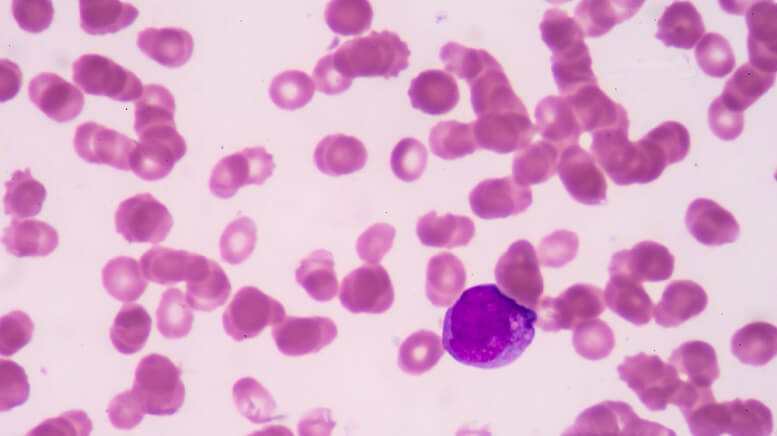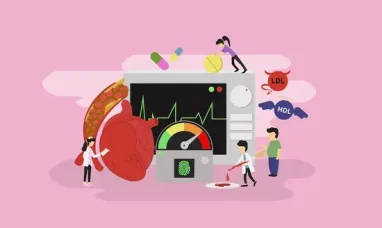Chronic lymphocytic leukemia treatments can vary greatly depending on how much the disease has progressed. Often, doctors will advise patients to wait until the disease is progressing or if bothersome symptoms appear before starting treatment as chronic lymphocytic leukemia treatments often cause side effects.
Initial Chronic Lymphocytic Leukemia Treatments
Many people live a long time with chronic lymphocytic leukemia, but it is very difficult to cure. What’s more, early treatment hasn’t been shown to help people live longer.
If treatment is needed, certain factors should be taken into account, including the patient’s age and overall health, and prognostic factors like high levels of ZAP-70 and CD38 or the presence of deletions in chromosomes 17 or 11.
Several different drugs and drug combinations can be used as the first treatment for chronic lymphocytic leukemia. Most doctors now prefer to use the targeted drug ibrutinib (Imbruvica) as the first treatment; however, there are many other options including monoclonal antibodies, chemotherapy, other targeted drugs, and different combinations of these.
Aside from ibrutinib, other commonly used chronic lymphocytic leukemia treatments include:
- High-dose prednisone and rituximab
- Venetoclax (Venclexta), alone or along with rituximab (or another monoclonal antibody)
- FCR: fludarabine, cyclophosphamide, and rituximab
- Bendamustine and rituximab (or another monoclonal antibody)
- PCR: pentostatin, cyclophosphamide, and rituximab
- Chlorambucil and rituximab (or another monoclonal antibody)
- Obinutuzumab (Gazyva)
- Ibrutinib and obinutuzumab
- Alemtuzumab (Campath), alone or with rituximab
Radiation or Surgery for the Treatment of Chronic Lymphocytic Leukemia
If the only problem being faced by a person suffering from chronic lymphocytic leukemia is swollen lymph nodes in one area or an enlarged spleen, localized treatment with low-dose radiation therapy can be used. Splenectomy, which is a surgery to remove the spleen, is another option if the enlarged spleen is causing symptoms.
Leukapheresis for the Treatment of Chronic Lymphocytic Leukemia
Sometimes very high numbers of chronic lymphocytic leukemia cells in the blood cause problems with normal circulation, resulting in leukostasis. Chemotherapy may not lower the number of cells until a few days after the first dose, so before the chemo is given, some cells may need to be removed from the blood with a procedure known as leukapheresis.
Leukapheresis lowers blood counts right away. The effect only lasts a short time; however, it may help the patient until the chemo has a chance to work. Leukapheresis is also sometimes used prior to chemo treatment if there are very high numbers of leukemia cells to prevent tumor lysis syndrome.
Second-line Chronic Lymphocytic Leukemia Treatments
If initial treatment is no longer working or the disease returns, other types of treatment can often help. If the initial response to the CCL treatment lasted at least a few years, the same treatment might be used again. If the initial response didn’t last very long, using the same treatment likely won’t be helpful. The options a patient can use for a second-line treatment will depend on what the first-line treatment was and how well it worked, along with the person’s health.
Most of the drugs and combinations listed above can be used as second-line chronic lymphocytic leukemia treatments, too. Monoclonal antibody drugs and targeted therapy are commonly used, alone or in combination. What’s more, other chemotherapy drugs may also be tried.
Some people have a good response to first-line treatment, but still have a small number of leukemia cells in their bone marrow, blood, or lymph nodes. This is called a minimal residual disease. Chronic lymphocytic leukemia cannot be cured, so doctors aren’t sure if further treatment right away is helpful. Some studies have shown that alemtuzumab can help remove these remaining cells, but it’s not yet clear if this improves survival.
Original source: http://findquickanswers.com/leukemia-the-different-types/
Featured image: DepositPhotos – toeytoey









